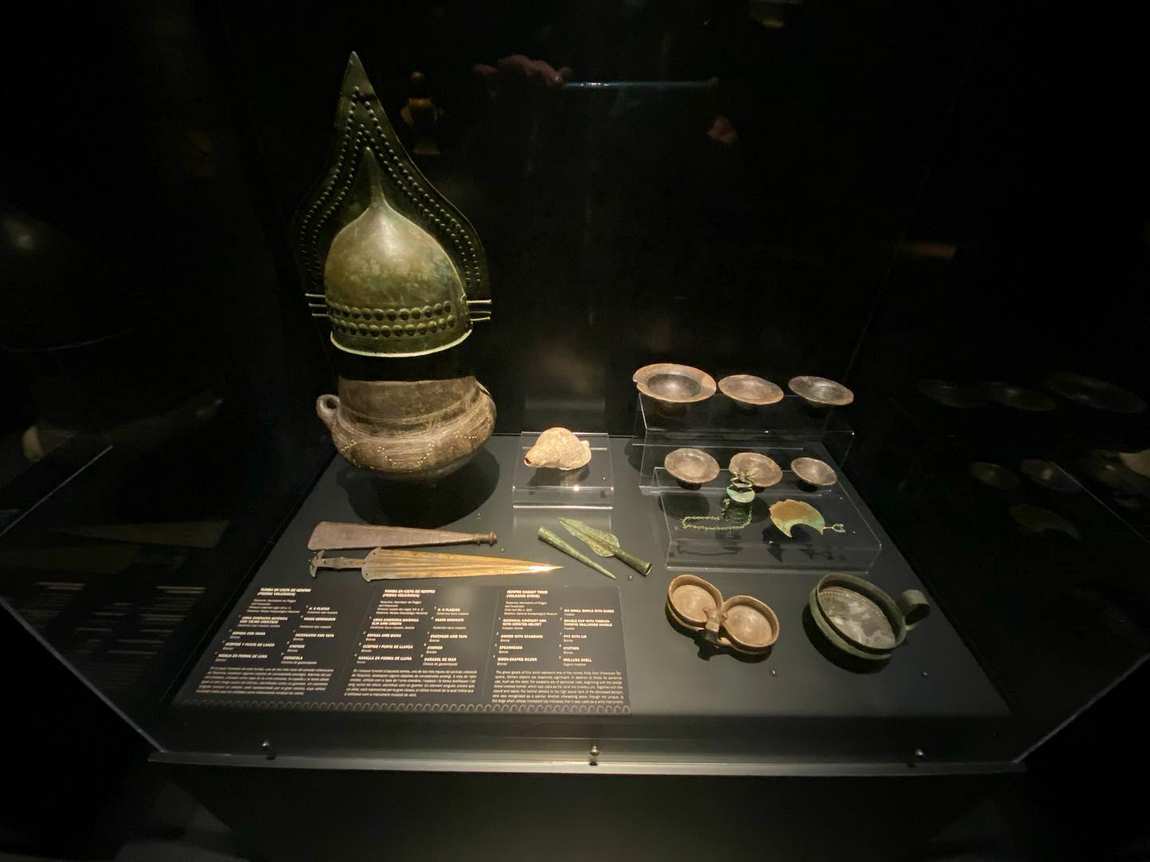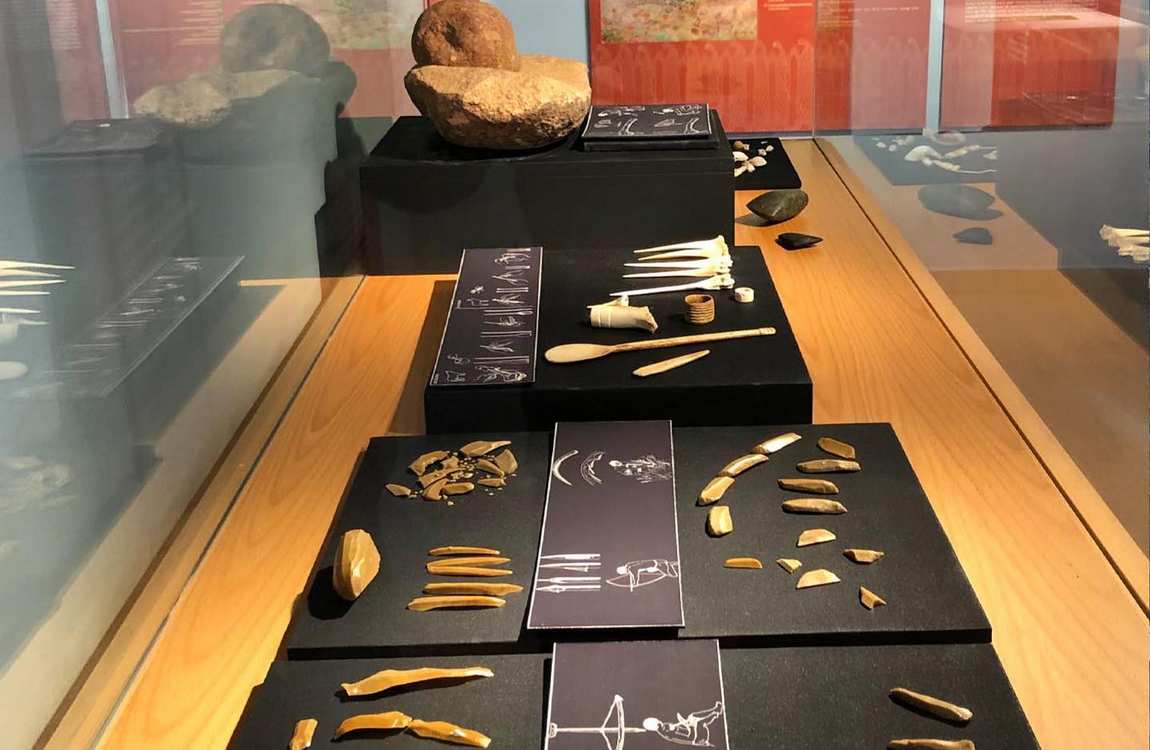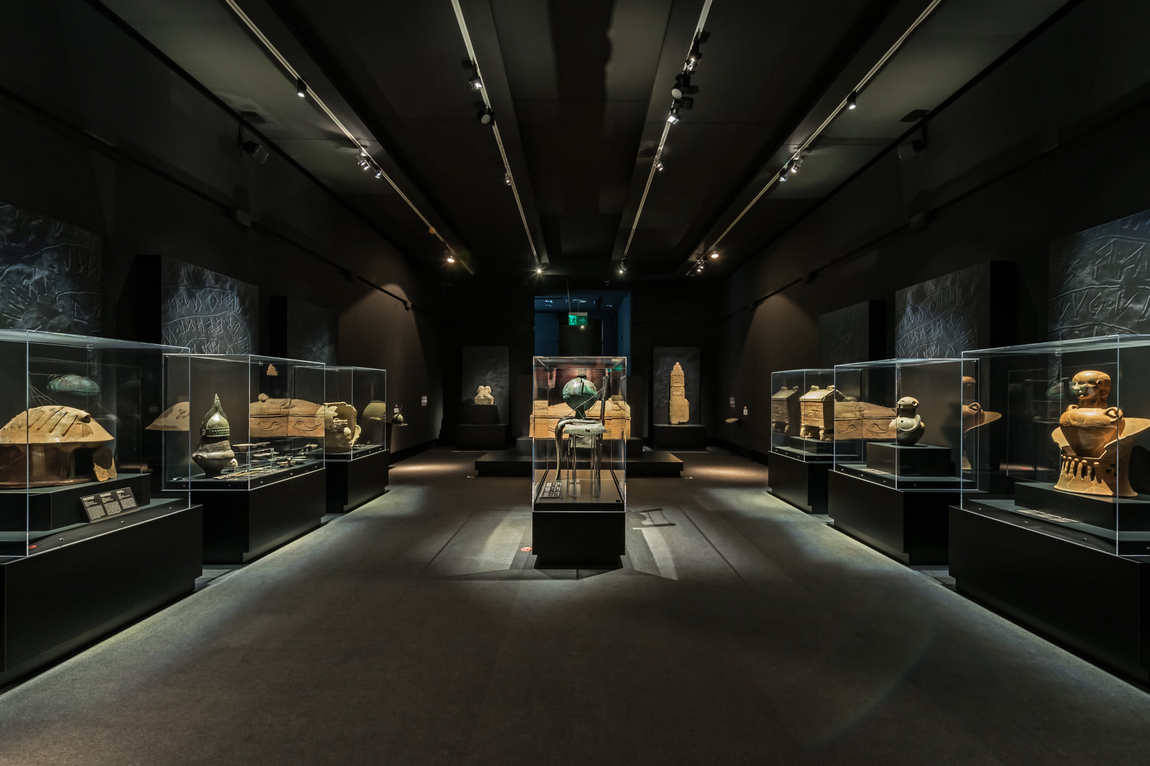It's hard to imagine Spain, rich in history, without an archaeological museum. And indeed, there are several in the country, but the largest and most fascinating archaeological museum, the MARQ, is located in Alicante.

Its peculiarity lies in the fact that its creators have tried to bring archaeology to the ordinary visitor through many years of modifications. In short, to make the Archaeological Museum of Alicante interesting for scientists and specialists and tourists, including children.
Visitors to the modern building say they have done an excellent job and it is worth spending a day in Spain visiting the museum.
Museum History
The Museo Arqueologico Provincial de Alicante (MARQ Alicante) was opened in 1932 with the help of the President of the Republic, Alcala Zamora Niceto. Archaeologists José Lafuente Vidal and Francisco Figueres Pacheco took an active part in creating the exhibition. The exhibition was placed on the ground floor of the Palace of Deputies.
Since 1966, the museum has undergone significant changes. Then the great scholar Enrique Llobregat was appointed its director.
He is a pioneer of interdisciplinary archaeology, which allows you to reconstruct and explain the events of a bygone era from what has been found. Enrique created a network of historical and archaeological parks and museums with Alicante as the centre.
In 2000, the museum was moved to the former San Juan Hospital. The new museum made use of modern technology as well as memorabilia. The new museum was also equipped with modern technology, such as interactive computer technology, that would make visiting the exhibition interesting for children.
The new museum's opening took place a full 70 years after the original one, in 2002. Queen Sofia was present. It has become easier, more accessible and more attractive to access historical information. Today, the museum's holdings include more than 80,000 items of value to Spain.
Museum Exhibitions

There are five halls in total in the archaeological museum. The first is dedicated to the Palaeolithic and Bronze Age. Here you will find tools and instruments, cave paintings and jewellery. The second room is filled with exhibits from the Iberian culture: amphorae, jewellery, sculptures of gods and objects from necropolises. The third room houses implements and household items from the Roman period.
An audiovisual show gives visitors to the museum an insight into the life of a Roman city at that time. This is an excellent way to learn about the daily life of a Roman.
The fourth room is devoted to two religions: Islam and Christianity. It has exhibits from the Middle Ages devoted to this theme. The fifth hall is the most contemporary. Among the exhibits, you can see collections of furniture, coins, and important inventions. All the works are beautifully illuminated, and the rooms are decorated accordingly.
From a modern gallery with flat shelves, you get to a hall with high arches and columns — at such moments, you feel like a real archaeologist! And children love this change of scenery even more.

In 2004, the museum was named the best museum in Europe. From time to time, it hosts temporary exhibitions of other archaeological museums worldwide. Each subsequent visit is different, and there is always something new to learn. At the same time, tourists who have visited the museum say that the recent exhibitions are exciting: previous exhibits from the Hermitage and gold treasures were on display.
All of the museum's halls allow visitors to learn about the development of Alicante and the region. The exhibitions depict the ages of the ancient Romans, Greeks and Moors. As well as being interactive, many exhibits are significant and natural attractions for children. For example, children will love the large-scale model of a ship, the wall fragment showing how it has changed and the archaeologists' corner.
A minor drawback of the museum is that the extensive information about the exhibits is only available in Spanish and briefly in English.
The interior is dark-coloured, but all the displays are beautifully and effectively illuminated. The contrasts make them perfectly visible even without bright lighting, and the spirit of the past reigns in the air.
The Archaeology Museum is a great place to visit on your own or with children. It is close to the beach and the harbour. That means you can drop in on your way to the sea. There's a shop next to it that sells replicas of antiques.











